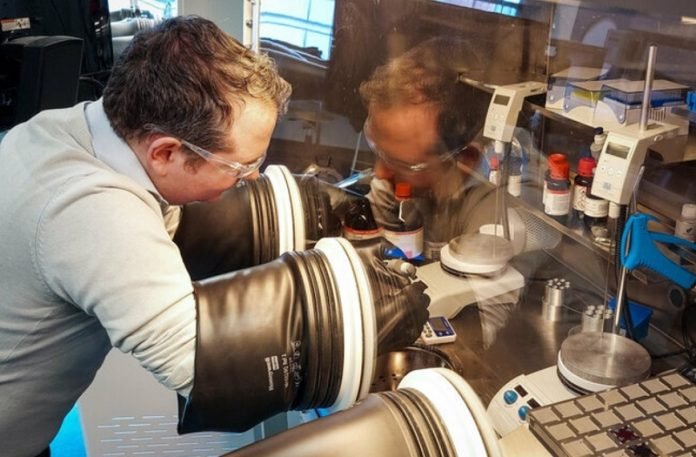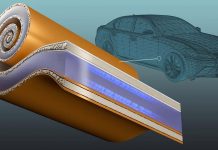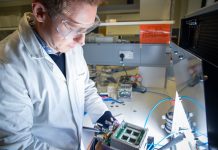
Solar energy is becoming increasingly popular as a source of renewable energy, and researchers are working on ways to improve the efficiency of solar cells.
One such effort involves the use of a relatively new material called perovskite, which has the potential to dramatically improve solar cell efficiency.
However, perovskite has a number of drawbacks that continue to limit its commercial implementation, including its stability.
The bonds between atoms in perovskite crystals are much more dynamic than those in silicon crystals, which can cause problems for long-term stability.
Therefore, researchers are working to improve the stability of perovskite.
One researcher, Bas van Gorkom from TU/e, has developed a highly sensitive measurement technique to obtain information about the crystal structure of perovskite.
By analyzing the perovskite crystal structure in detail, researchers can identify defects in the crystal structure that lead to a loss of voltage and reduce the cell’s efficiency.
Measuring defects in the perovskite crystal structure is not easy, and researchers mostly rely on computer simulations.
However, Van Gorkom and his colleagues have managed to carry out measurements in actual perovskite crystals by using mini solar cells and a highly sensitive photocurrent measurement.
This method allows them to determine the percentage of light particles emitted from a solar cell as an electron and measure charges in defects as a tiny amount of current.
This approach provides highly specialized measurements and can help identify the components that result in a more stable perovskite.
The trick to achieving this sensitivity lies in the details, according to Van Gorkom. They spent a lot of time reducing the noise level and ensuring that the electronic components were as stable as possible.
Their setup, located in a separate room at an extra stable spot, contains special electronic components that make it unique. They are now able to carry out highly specialized measurements, and their work has received applications from outside the university as well.
In summary, researchers are working to improve the efficiency and stability of solar cells by exploring the use of new materials like perovskite.
By developing highly sensitive measurement techniques like the one developed by Van Gorkom, researchers can identify defects in the crystal structure of perovskite and work to improve its stability.
This work has the potential to lead to more efficient and reliable solar cells, which could make solar energy an even more attractive source of renewable energy in the future.
Written by Eindhoven University of Technology.
Source: Eindhoven University of Technology.



